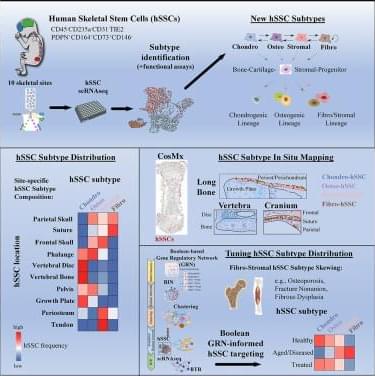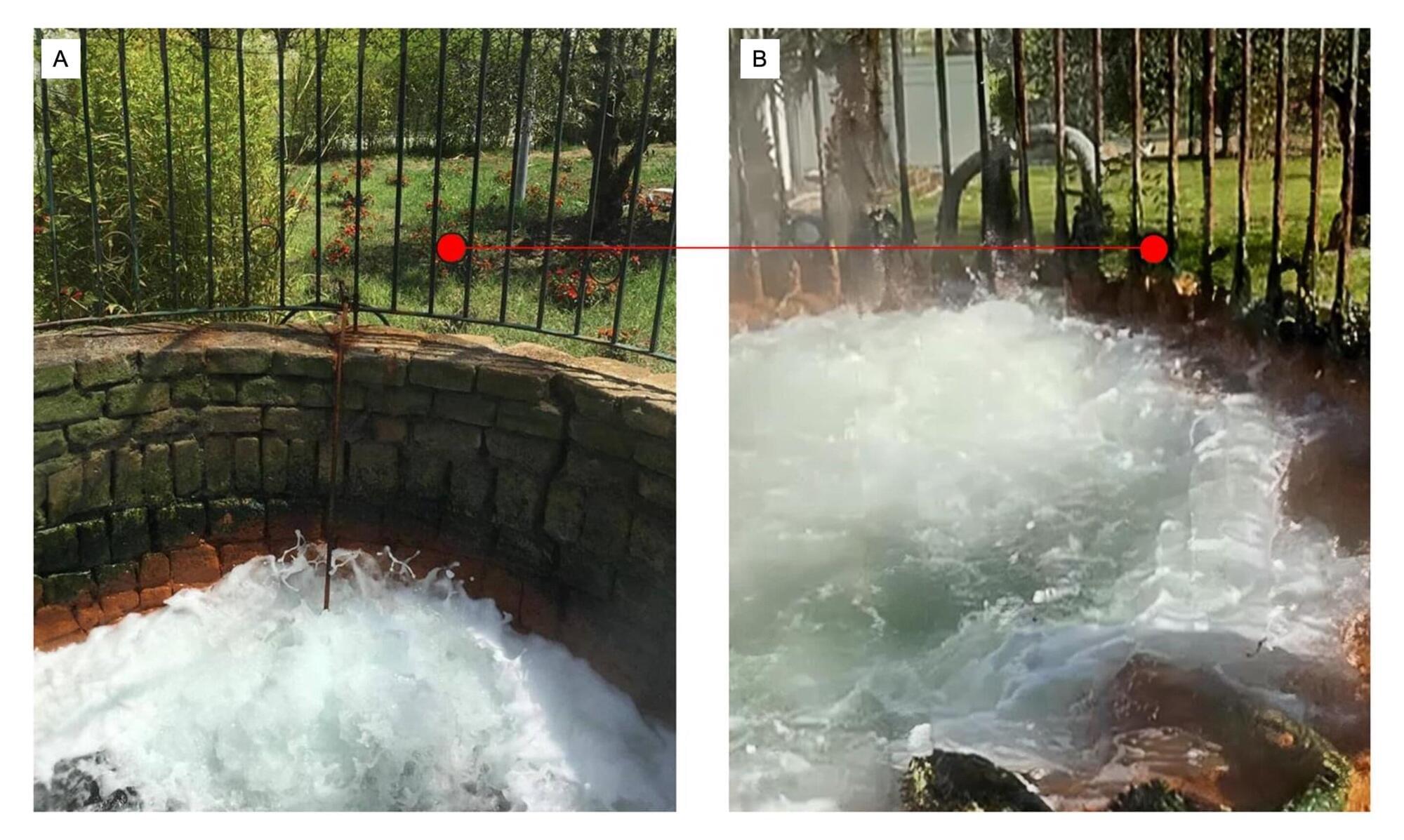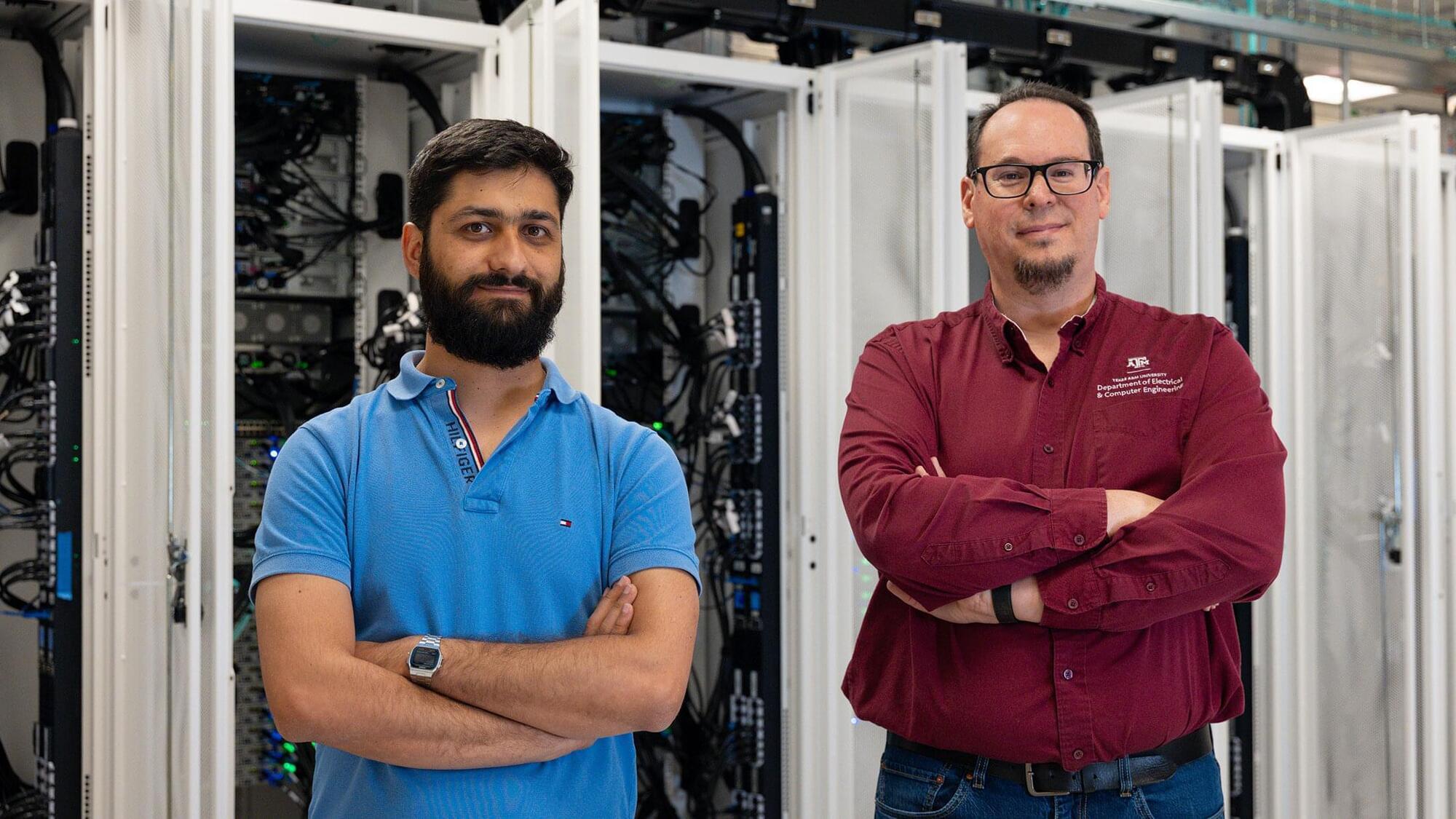Most people’s experiences with polynomial equations don’t extend much further than high school algebra and the quadratic formula. Still, these numeric puzzles remain a foundational component of everything from calculating planetary orbits to computer programming. Although solving lower order polynomials—where the x in an equation is raised up to the fourth power—is often a simple task, things get complicated once you start seeing powers of five or greater. For centuries, mathematicians accepted this as simply an inherent challenge to their work, but not Norman Wildberger. According to his new approach detailed in The American Mathematical Monthly, there’s a much more elegant approach to high order polynomials—all you need to do is get rid of pesky notions like irrational numbers.
Babylonians first conceived of two-degree polynomials around 1800 BCE, but it took until the 16th century for mathematicians to evolve the concept to incorporate three-and four-degree variables using root numbers, also known as radicals. Polynomials remained there for another two centuries, with larger examples stumping experts until in 1832. That year, French mathematician Évariste Galois finally illustrated why this was such a problem—the underlying mathematical symmetry in the established methods for lower-order polynomials simply became too complicated for degree five or higher. For Galois, this meant there just wasn’t a general formula available for them.
Mathematicians have since developed approximate solutions, but they require integrating concepts like irrational numbers into the classical formula.





